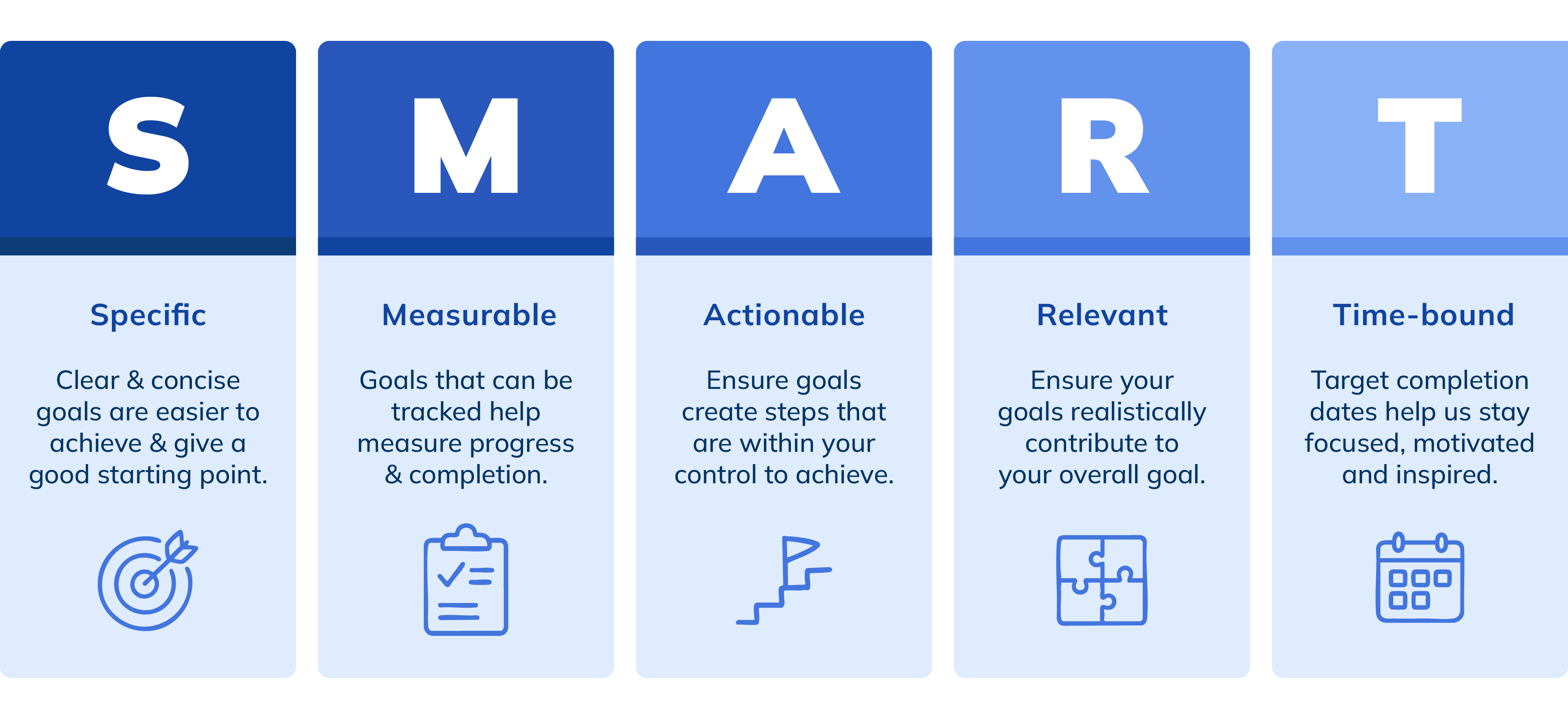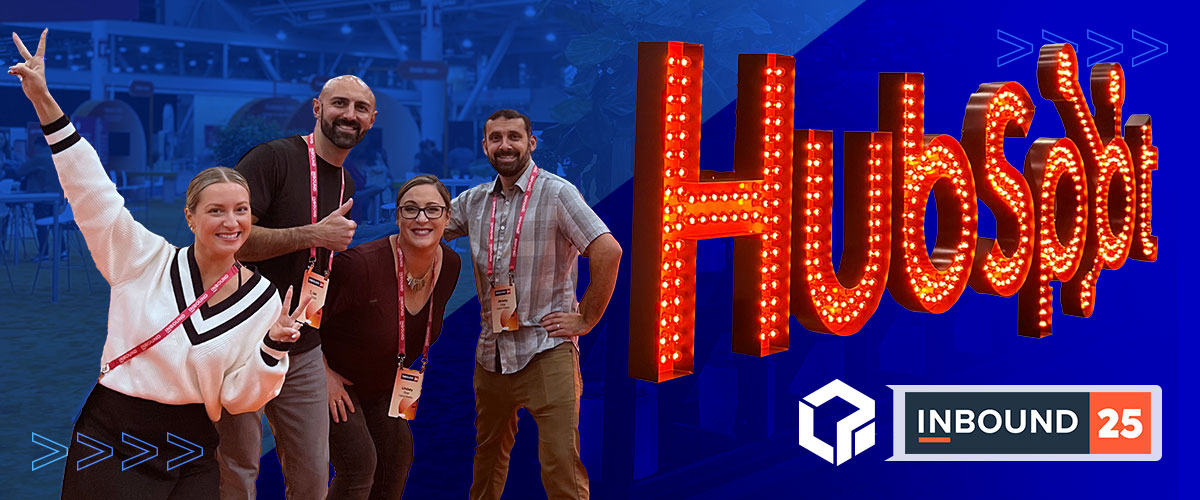A successful content marketing strategy is your roadmap to creating meaningful engagement with your audience while driving measurable business outcomes. By focusing on planning, execution, and continuous refinement, your efforts ensure that every piece of content, whether blog posts, emails, social ads, or video works with purpose. Plus, with advancements in AI, you can now streamline workflows and enhance decision-making, making your strategy sharper and more effective.
AI is also changing how people find and consume content. By optimizing for both search engines and AI-driven platforms like generative search and large language models, you’ll ensure your strategy is built for visibility today and in the future.
As audiences interact with brands across search, social, email, and more, a unified strategy is the difference between siloed initiatives and measurable growth.
This guide to creating a content marketing strategy covers the essential steps, from defining goals and understanding your audience to building workflows and leveraging AI tools. By structuring your efforts strategically, you’ll be able to create content that aligns with your goals, adapts to change, and positions your brand for long-term success.
Effective Content Strategies Accelerate Business Growth
A solid content strategy pays off in a multitude of ways. First, it ensures your content directly supports business goals, such as driving traffic, increasing conversions, or retaining customers. Second, it builds trust by consistently delivering valuable and relevant content to your audience. Third, it creates a scalable framework that can evolve alongside your brand and audience demands.
AI adds another powerful layer to this. By analyzing performance metrics, AI can identify areas needing improvement and highlight emerging trends to capitalize on. Its role in efficiency and insights makes AI an essential for any modern content strategy.
Clear Goals Form the Foundation
The first step in building an effective content strategy is to define clear, measurable goals. Whether you want to increase newsletter signups, increase blog traffic, or improve customer retention, goals serve as your roadmap. Without set goals, content creation turns into busy work instead of business growth.
Use SMART Goals to Stay Measurable
A proven way to set goals is through the SMART framework. This ensures your objectives are realistic and measurable:

For instance, instead of setting a vague goal like “improve engagement,” use a stronger version like, “increase email open rates by 15 percent within three months.” By setting clear benchmarks, you can track outcomes to see what’s working, what isn’t, and where to improve.
Know Your Audience To Create Relevant Content
Content only works when it resonates with the people you want to reach. You need to understand your audience—what challenges they face, what motivates them, and where they spend their time. For example, some audiences gravitate toward short-form videos on TikTok, while others may engage more with long-form blogs or podcasts.
Personas and Insights
Developing detailed user personas can help. These personas represent key audience segments and include details like challenges, goals, and content preferences. Utilize analytic tools and surveys to collect data, and leverage AI tools to spot patterns, predict behaviors, and even refine personas over time.
Map Content to the Buyer’s Journey
Effective content considers both who your audience is and the point they’ve reached in their decision-making process. Each stage calls for a different type of content:

- Awareness: Address common problems or introduce trends.
- Consideration: Focus on resources like how-to guides or case studies that inform decision-making.
- Decision: Use testimonials or product demos to help customers make a purchase decision.
- Retention: Encourage repeat engagement through personalization, connection, and unique content.
AI can streamline this process by analyzing customer behavior and intent signals to suggest the right content type for each stage. It ensures your messaging aligns with where buyers are in their journey, making interactions more relevant and impactful.
Auditing Current Content
Start with a content audit. Catalog everything you’ve already created — blogs, videos, eBooks, infographics — and evaluate each piece’s performance. Identify gaps, outdated content, and opportunities to refresh or repurpose. Log every asset, note what’s working, and flag what needs improvement or archiving. This process gives you clear visibility into what you have and where to focus next.
Conduct a Gap Analysis
Evaluate your content’s alignment with target audience preferences and the buyer’s journey. For example, if analytics show higher engagement with video content on social media but your video library is underdeveloped, you’ve identified a priority area.
Optimize Content for SEO and Channel Performance
Don’t overlook SEO. Review headlines, keywords, and metadata to ensure everything is properly optimized. Then evaluate performance across each channel, tailoring your approach to the channels that deliver the strongest results.
Analyze Competitors to Identify Opportunities
Studying your competitors gives you valuable insights into content opportunities. Review their strategies to understand what works and where they fall short. For instance, if competitors are over-relying on blogs while ignoring video content, you might explore building a robust video library to differentiate your brand. Identifying these gaps helps position your content as distinctive and impactful.
Select the Right Mix of Content Types and Channels
Of course, you shouldn’t base the content you decide to use entirely on your competitors. Different types of content serve different purposes, and your strategy should utilize each type effectively to balance variety with consistency.
Use Different Content Types to Serve Goals
Effective content strategies rely on a mix of formats. Each type plays a unique role in how audiences engage, learn, and act.

No single format is enough on its own. Strong strategies blend content types to balance quick engagement (like videos and infographics) with deeper education (like blogs and eBooks).
Repurpose Content to Maximize Reach and Efficiency
Getting the most of your content often means reusing it in new formats. For example, a webinar can be broken down into short social video clips, while blog research can inform both email newsletters and infographics. Repurposing extends the life of your content, increases efficiency, and ensures your message reaches audiences across multiple channels.
Align distribution with your audience’s preferences to drive consistent engagement and results.
Build a Content Calendar to Stay Consistent
Once you have your content formats nailed down, the next step is figuring out how and when to release them. A structured content editorial calendar keeps you organized while ensuring consistency and on-time delivery.
Key Elements of an Effective Content Calendar
A well-planned content calendar makes your strategy more intentional, ensuring every piece of content is timely, strategic, and aligned with your goals. An effective editorial calendar typically includes the following factors:
- Topics and Formats: Match the type of content (e.g., blogs, videos, or emails, etc.) for each audience segment based on their needs and buyer stages.
- Publishing Frequency: Maintain consistency without overwhelming your audience. Balance is key.
- Cross-Channel Planning: Align campaigns so content can go live across multiple platforms when it has the most impact.
AI tools can take this further by automating workflows, scheduling posts or sends, and even predicting the best timing for engagement. Automation creates space for what matters most, producing impactful content and guiding long-term strategy.
Measure and Refine for Continuous Improvement
An impactful content strategy isn’t static. It requires ongoing review and optimization. Best practice is to look beyond vanity metrics like traffic and focus on data that ties directly to business goals. Measure conversions, key events, bounce rates, and SEO performance, then compare results against your initial objectives. Apply these insights to refine your approach, sustain growth, and build a strategy that’s ready for what’s next.
AI tools simplify this process by helping you analyze performance metrics, highlighting trends, and surfacing actionable insights. With AI, you’ll gain deeper visibility into your strategy’s effectiveness, making it easier for you to fine-tune efforts for sustained impact.
AI Integration Throughout Your Strategy
The role of AI continues to grow and is no longer optional. It should be embedded into every stage of your content process. It enhances ideation by generating ideas from real-time trends, strengthens audience analysis with predictive insights, and accelerates production through automation of repetitive tasks.
AI also drives optimization by analyzing performance data and suggesting content adjustments. For example, it may identify underperforming older blogs that need keyword updates or suggest new formats based on audience engagement. As AI capabilities expand, its role in content strategy will only deepen, helping brands stay efficient, adaptive, and ready for future industry shifts.
Start Building Your Strategy
Clear goals, audience insights, and consistent evaluation, you can build a powerful content marketing strategy that drives results and keeps pace with industry shifts—although, you still may need an extra boost to get ahead.
That’s where Logical Position can assist you. Our digital marketing agency has the expertise and cross-channel tools to elevate your content marketing efforts. Partner with us to unlock measurable growth and lasting success.





